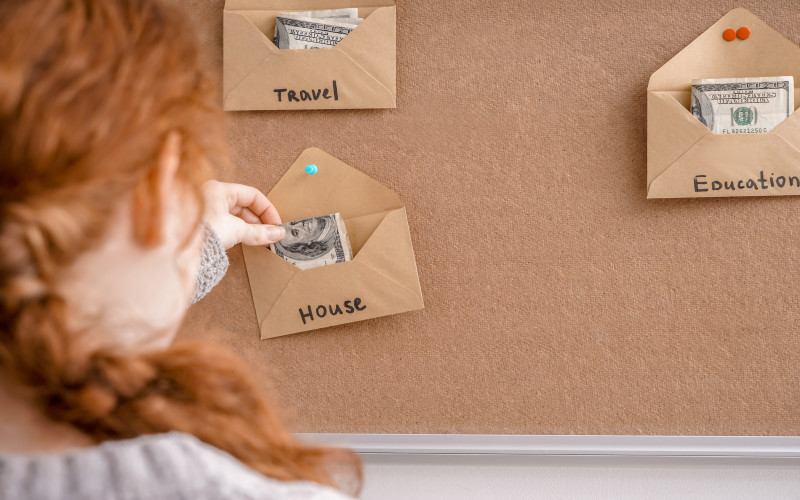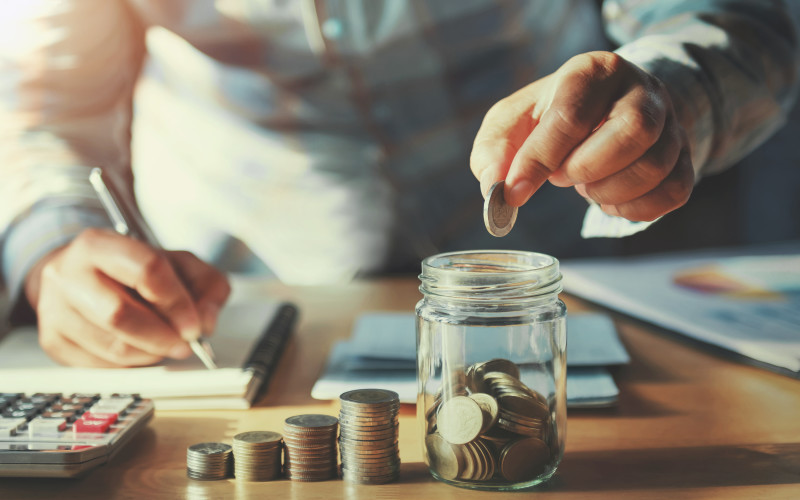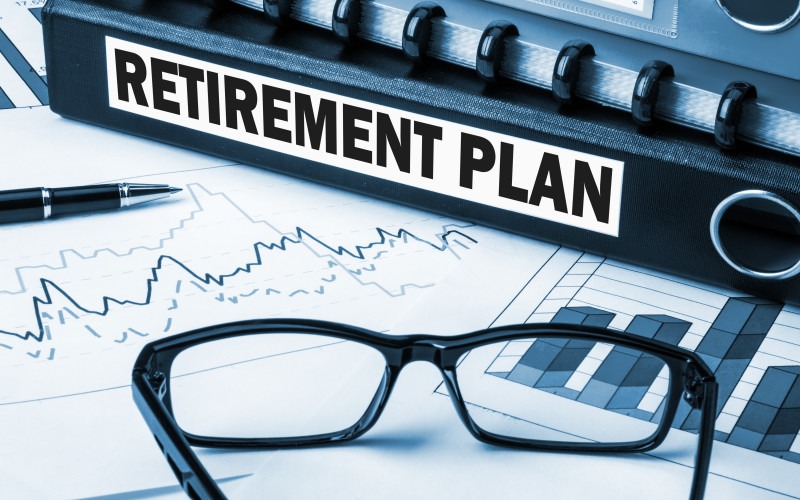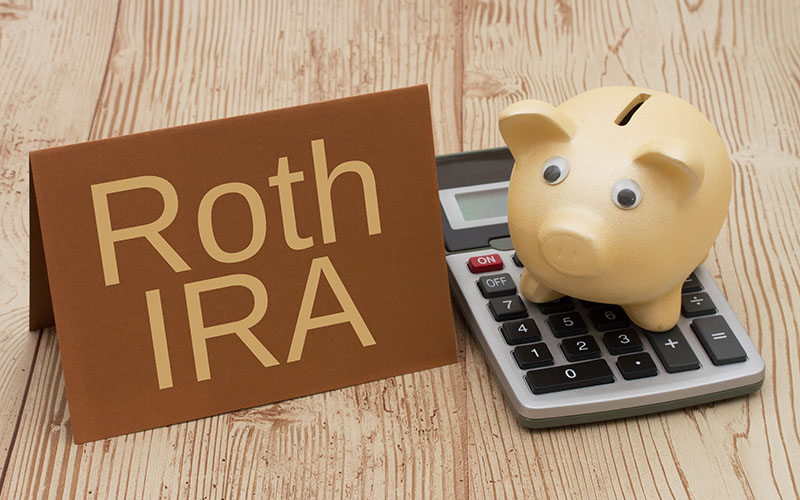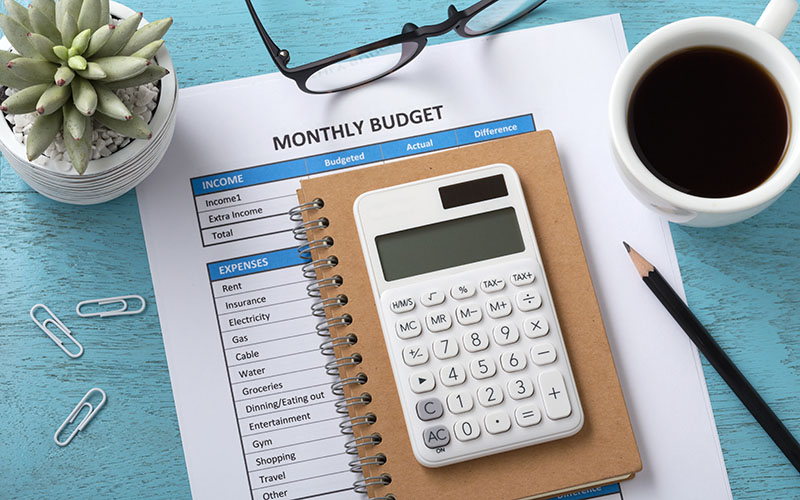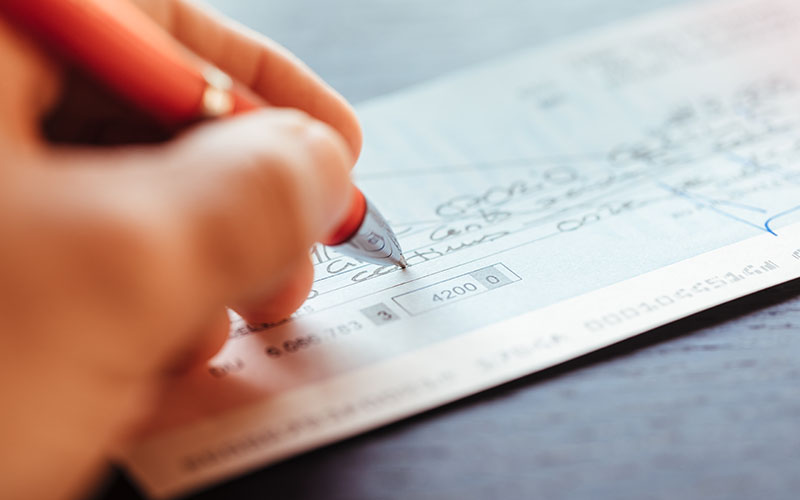How To: Saving For An Emergency
Key Takeaways
- Having savings set aside protects you from high-interest loans or credit card debt during unexpected expenses
- Automate contributions, save leftover money, and consider side income to grow your emergency fund over time
- Store emergency savings in high-yield accounts or money market funds to earn interest while keeping funds accessible

An unexpected expense can throw a wrench in your plans -- especially with something as serious as a medical emergency or car repairs. If you've ever found yourself unable to come up with the cash to cover an unexpected bill, you're not alone: according to the Federal Reserve, around 40% of Americans don't have enough saved up to cover an emergency expense of $400 without selling their belongings or borrowing cash.
Emergencies are inevitable, so you should always have some funds set aside for when it strikes; but if you are living paycheck to paycheck or you just can't seem to save, this can be difficult.
Below, we will look at some ways in which you can save for a rainy day.

How Can An Emergency Fund Help Me?
Having a nest egg can keep you covered during a financial crisis and help you avoid going into debt by borrowing cash, taking out a loan, or racking up credit card debt.
This emergency fund can help you stay afloat when you come across surprise expenses such as:
- Medical expenses
- Home improvement and renovation project
- Vehicle repair
- Unemployment
Emergency funds shouldn't be used for situations that aren't necessary for your health or well-being (including vacations and birthdays). Try to think of what your essentials are before you make a major purchase.
What An Emergency Fund Can Do For You
- The biggest benefit of having an emergency fund is that it helps you avoid unwanted debt by keeping you from having to resort to a personal loan, payday loan, or maxing out your credit card. Over time, the interest rates that come with these can result in you paying much more than you originally owed.
- An emergency fund can keep your credit from being damaged. Falling behind on payments can cause damage to your credit history, and if you max out your credit card, your credit utilization increases as well, resulting in some major damage. Remember, the lower your credit utilization, the better. Most negative items will stay on your credit report for up to seven years, although some (like bankruptcy) can remain for up to ten years. Read our comprehensive guide to learn more about credit scores. Your nest egg can protect you from suffering any long-term damage to your credit.
How To Build An Emergency Fund
Let's take a look on how to begin building your emergency fund. While this depends greatly on your financial situation (income, debts, and more), you can use these tips to build your fund.
- Make regular contributions: Whether you get paid once a week or once a month, make it a priority to contribute a minimum amount to a savings account on habitual basis. Remember that even starting small is worth it in the long run.
- Use a separate account from your checking account so you aren't tempted to dig into your savings unless it is necessary. Many online accounts allow you to have the option of automatically contributing to a savings account. This can make it easier to save -- out of sight, out of mind.
- Adjust later if you need to. If you dip into your savings account due to an emergency, try to contribute a little extra when you can to bring it back up.
- Move whatever is left in your checking account after paying your bills to your savings. While it's tempting to treat yourself with that extra cash, saving can help you out in the long run.
- Save your change if you pay with cash. You would be surprised as how much those extra pennies, nickels, dimes, and quarters add up over time. Take what you've saved for a few months and deposit it into your savings account.
- Cut your expenses if you need to. This means that you may have to begin cooking more at home or carpooling to save on gas money.
- Find a side job or hobby. Whether it's selling your art, playing music, babysitting, or mowing your neighbor's lawn, there are many options to help you contribute your side income to your savings.
- Contribute your tax refund to your savings.
- Did you receive any gift money? Contribute that to your savings too.
- Keep two accounts for any other needs. Once you have contributed a good amount to your emergency savings, consider creating a second one that can help you save up for non-essential items like clothing and vacations.

Where To Put Your Savings
Now that you have a plan for your savings, you need to find a way to let that money grow. You can invest your savings in the following places (many of which accrue interest over time):
- A high-yield savings account (such as one from UFB direct)
- Money market account
- Certificate of Deposit
- 401(k)
- A traditional IRA or a Roth IRA
Here are our top recommendations for savings accounts.
How much money should I have in my savings?
Most financial experts agree that you should have at least six months of rent, utilities, and other expenses saved in your emergency fund.
Where can I keep my emergency fund?
You have several options when it comes to keeping your emergency fund in a safe place, including:
- High-yield savings account
- Certificate of deposit
- Money market account
- Treasury bills
Edited by:
Bryan Huynh
•
Product Tester & Writer

